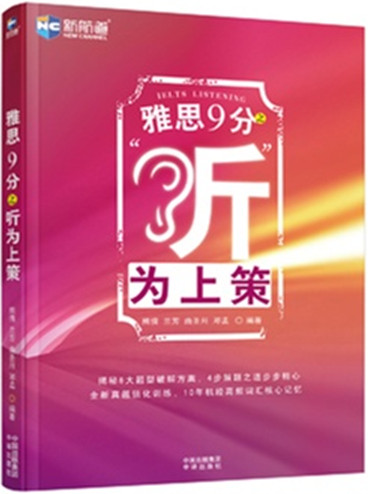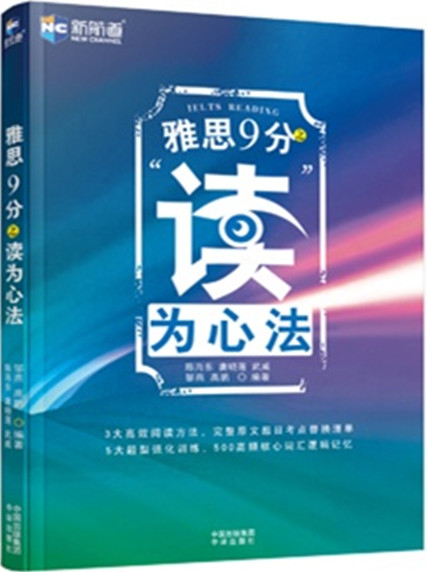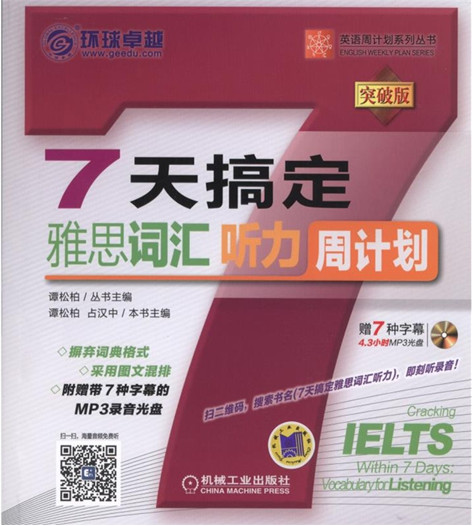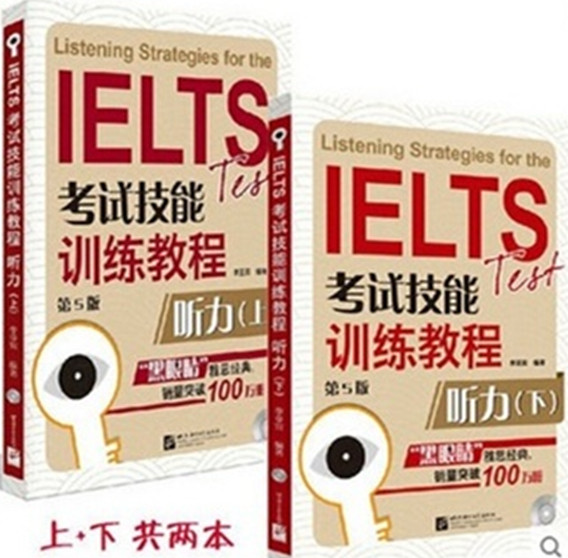2016年雅思IELTS考試備考資料模擬試題11
Elizabeth Hazen and Rachel Brown copatented one of the most widely acclaimed wonder drugs of the post-Second World War years. Hazen and Brown's work was stimulated by the wartime need to find a cure for the fungus infections that afflicted many military personnel. Scientists had been feverishly searching for an antibiotic toxic enough to kill the fungi but safe enough for human use, since, unfortunately, the new "wonder drugs" such as penicillin and streptomycin killed the very bacteria in the body that controlled the fungi. It was to discover a fungicide without that double effect that Brown, of New York State's Department of Health Laboratories at Albany, and Hazen, senior microbiologist at the Department of Health in New York, began their long-distance collaboration. Based upon Hazen's previous research at Columbia University, where she had built an impressive collection of fungus cultures, both were convinced that an antifungal organism already existed in certain soils.
They divided the work. Hazen methodically screened and cultured scores of soil samples, which she then sent to her partner, who prepared extracts, isolated and purified active agents, and shipped them back to New York, where Hazen could study their biological properties. On a 1948 vacation, Hazen fortuitously collected a clump of soil from the edge of W.B. Nourse's cow pasture in Fauquier County, Virginia, that, when tested, revealed the presence of the microorganisms. In farm owner Nourse's honor, Hazen named it Streptomyces Noursei, and within a year the two scientists knew that the properties of their substance distinguished it from previously described antibiotics. After further research they eventually reduced their substance to a fine, yellow powder, which they first named "fungiciden." Then renamed "nystatin" (to honor the New York State laboratory) when they learned the previous name was already in use. Of their major discovery, Brown said lightly that it simply illustrated "how unpredictable consequences can come from rather modest beginnings."
1. What is the main topic of the passage ?
(A) The lives of Hazen and Brown.
(B) The development of a safe fungicide.
(C) The New York State Department of Health.
(D) The development of penicillin.
2. What can be inferred from the passage about penicillin?
(A) It effectively treats fungus infections.
(B) It was developed before nystatin.
(C) It was developed before the Second World War.
(D) One of its by-products is nystatin.
3. Why does the author mention Columbia University in line 10?
(A) Hazen and Brown developed nystatin there.
(B) Brown was educated there.
(C) Hazen did research there.
(D) It awarded a prize to Hazen and Brown.
4. The word "both" in line 11 refers to
(A) Hazen and Brown
(B) penicillin and streptomycin
(C) the Department of Health laboratories at Albany and New York
(D) double effect
5. What substance did Brown and Hazen analyze?
(A) Dirt
(B) Streptomycin
(C) Bacteria
(D) Penicillin
6. Who was W. B. Nourse?
(A) A microbiologist
(B) A teacher of Hazen's
(C) A collector of fungi
(D) A farmer
BBCAA D
- 12018-07-212018年雅思考試寫作題庫(92篇)
- 22018-07-212018年雅思寫作模擬試題庫(12篇)
- 32018-05-222018年雅思寫作范文(10篇)
- 42018-04-042018雅思寫作大作文范文:就業(yè)難問題
- 52017-11-302017雅思寫作模擬試題:城市交通擁堵





